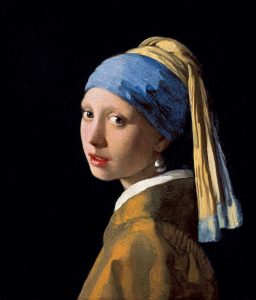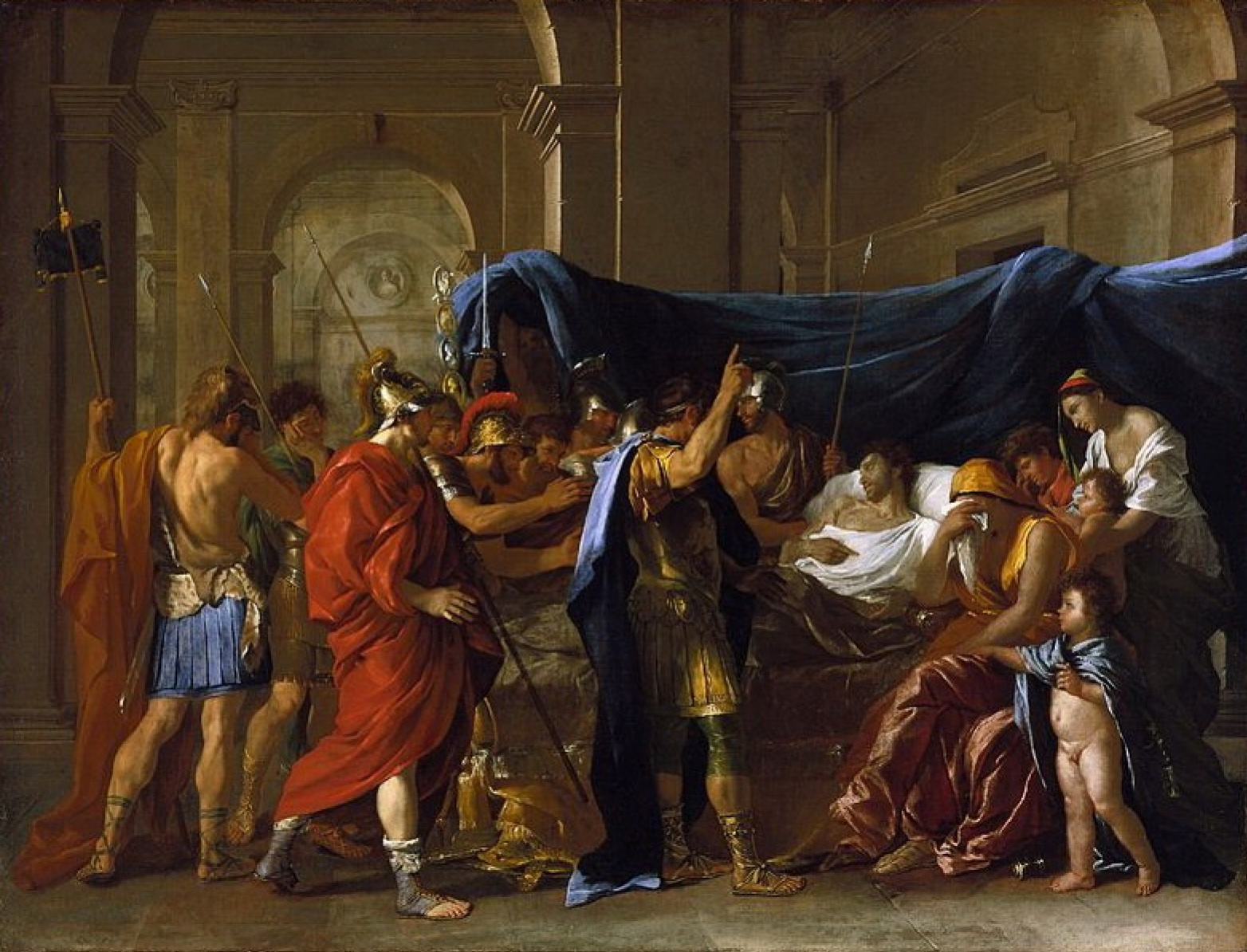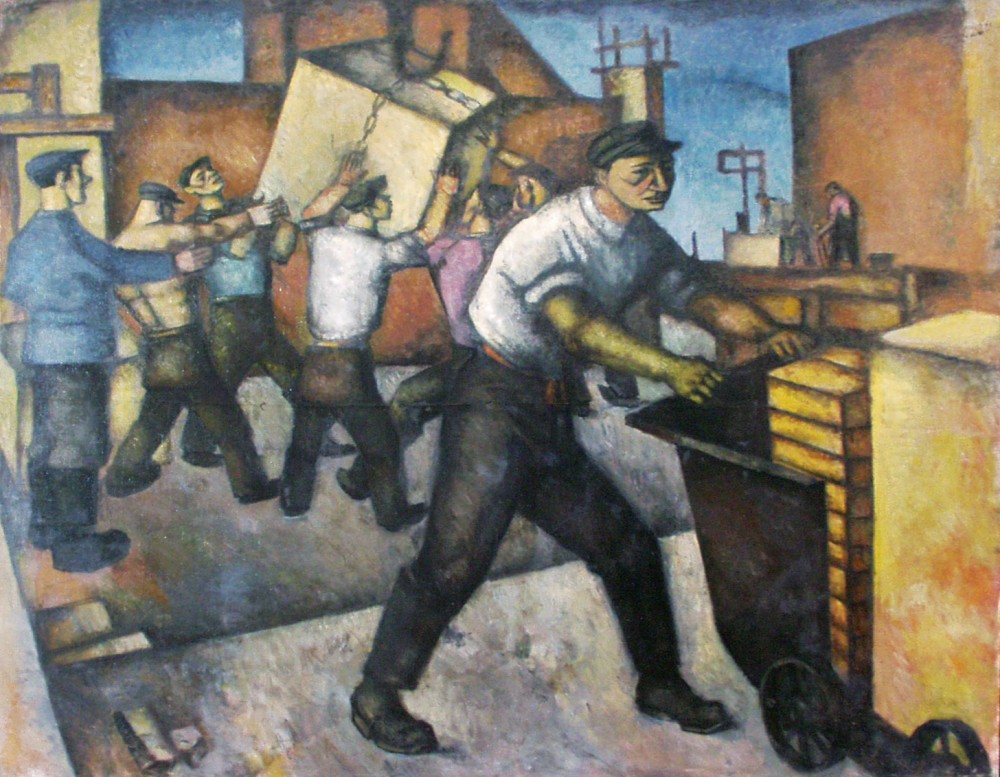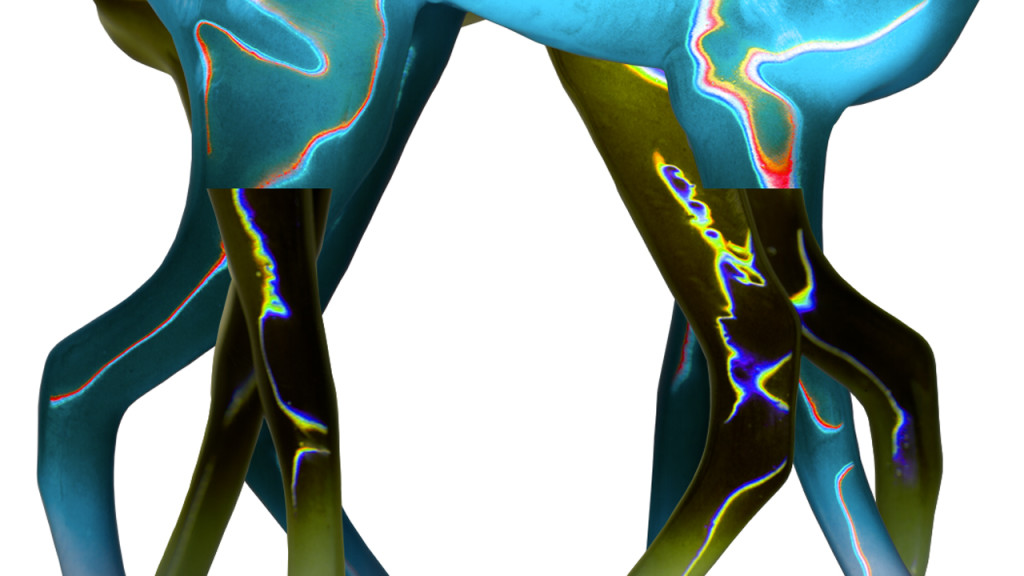“GIRL WITH A PEARL EARRING”, JAN VERMERE
 Behind the creation of each picture is a unique story. And in the “Pic of the Week” column, Styleinsider continues to talk about famous canvases. And today we will tell about the work of the Dutch master Jan Vermeer “Girl with a pearl earring”.
Behind the creation of each picture is a unique story. And in the “Pic of the Week” column, Styleinsider continues to talk about famous canvases. And today we will tell about the work of the Dutch master Jan Vermeer “Girl with a pearl earring”.
date of creation
The date itself is not indicated on the canvas, however, according to the Mauritshuis Museum, where the painting is now stored, it was created around 1665.
History of creation
The picture was painted in the popular throne genre in Holland in the 17th century, which suggested a portrait of a man with an outstanding appearance and in an unusual dress only up to his shoulders. About the famous canvas, only a little is known. There is no information about whether Vermeer wrote it to order, if so, who was the customer at that time and what kind of girl is depicted in the picture. Some researchers believe that his daughter Maria posed for the painter, then she was about 12-12 years old. According to another version, the patron saint of Vermeer, patron of arts, Ruyuven, the same age as Maria, became the model.
Due to the fact that the girl is sealed in an unusual position, when she turns her head toward the viewer, barely noticing someone, all attention is riveted pearl earring in the ear of the girl. Now many researchers doubt that it is the pearl earring that is depicted on the canvas. For natural pearls, it is too large, and probably these are fake pearls made from Venetian glass or mother of pearl.
Following the advice of Victor de Styur, who for many years sought to keep rare works of Vermeer in his homeland, A. A. de de Tombe bought the canvas at auction in The Hague in 1881 for a meager amount of two guilders and thirty cents. The work was in terrible condition. Since de Tombe had no heirs, he presented “The Girl with the Pearl Earring” along with several other canvases to the Mauritshuis Museum in 1902. Later work was restored.
Interesting Facts
– Often the picture is called the northern or Dutch “Mona Lisa”.
– There is the eponymous novel by Tracy Chevalier, in which the film was made in 2003. It hypothetically reveals the story of the creation of work, based on the circumstances of the fate of Jan Vermeer himself.
– In 1937, the picture was very similar to the famous canvas. She, too, was attributed to Vermeer. It was transferred to the National Gallery of Art in Washington by collector Andrew W. Mellon. At the moment, it is considered a fake by Vermeer, written at the beginning of the 20th century by the copyist Theo van Weingarden, a friend of Han van Megheren.
– It is interesting that such a pearl earring is depicted on another eight canvases by Vermeer (“Woman with a Pearl Necklace”, “Woman with a Lute”, “Lady and Maid”, etc.)




